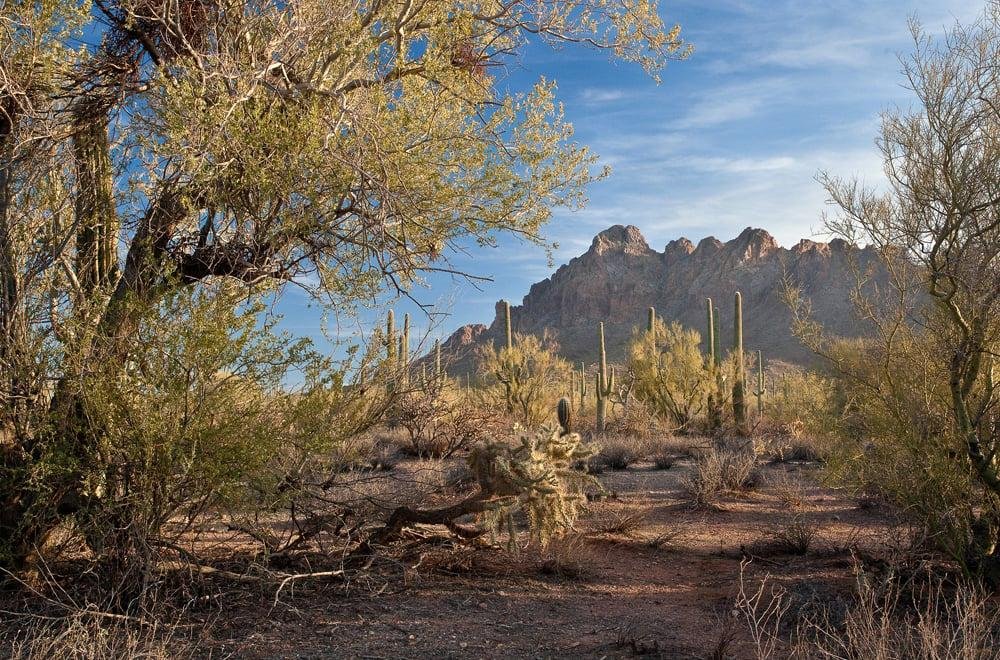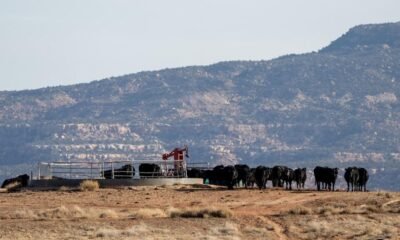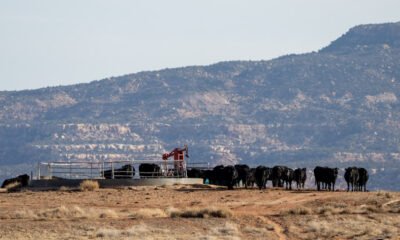Business
Trump Administration Considers Drilling and Mining in Arizona’s Ironwood Forest National Monument

The Trump administration is considering reducing the size of six national monuments, including Ironwood Forest National Monument near Tucson, to facilitate mining and oil drilling. Internal communications and sources cited by the Washington Post reveal plans that could impact monuments across the U.S., including those in California, New Mexico, and Utah. This decision aims to “spur energy development on public lands.”
U.S. Interior Secretary Doug Burgum confirmed the ongoing review but stated that resizing national monuments is not currently a top priority. He asserted, “In our country we don’t have a shortage of federal land to take care of.”
Ironwood Forest covers 129,000 acres and is home to endangered species and significant archaeological sites associated with the Tohono O’Odham people. Designated a national monument in 2000, it also shelters the last native desert bighorn sheep herd in the region. Tom Hannagan, president of Friends of Ironwood Forest, expressed concerns that any alterations could lead to irreversible damage to fragile ecosystems.
According to the Antiquities Act, mining and drilling activities are generally prohibited in national monuments. Past attempts to access Ironwood for such purposes have been unsuccessful. In 2017, Arizona’s Republican delegation urged the Trump administration to completely revoke the monument’s designation. These efforts included calls by Representatives Paul Gosar, Andy Biggs, and Trent Franks, who sought changes to declarations established by previous administrations.
Activists warn that allowing mining could devastate local ecosystems and disrupt wildlife corridors essential for conservation. Kate Hotten from the Coalition for Sonoran Desert Protection stated that Ironwood is a critical component of plans to safeguard the region’s biodiversity.
President Trump’s executive order, titled “Unleashing American Energy,” explicitly encouraged increased energy exploration on federal lands. Subsequent leaked internal documents indicated a broader strategy to reduce federal land protections. An Interior Department spokesperson downplayed the draft’s significance, labeling media coverage of it as irresponsible.
Kieran Suckling, executive director of the Center for Biological Diversity, vowed to pursue legal action to protect Ironwood Forest should any reductions occur. Citing a history of litigation against Trump’s policies, Suckling asserted that they would challenge the administration’s decisions swiftly.
Experts have debated the legality of altering national monument designations, emphasizing that Congress holds ultimate authority to modify or revoke them. Arizona leads the nation with 18 national monuments, underscoring the importance of these sites for conservation efforts. Kevin Dahl, former Arizona senior program manager for the National Parks Conservation Association, maintained that unilateral rescindment by the president is unlikely and would encounter substantial legal challenges.
Dahl highlighted the importance of the Antiquities Act, which has safeguarded areas like the Grand Canyon. He warned that dismantling such protections would betray generations of commitment to preserving American landscapes.
Ironwood’s establishment was also integral to the Sonoran Desert Conservation Plan, designed to facilitate development while protecting the environment. It serves as a “mitigation bank” under the Endangered Species Act, allowing development in critical habitats only if significant preservation efforts are made elsewhere.

















